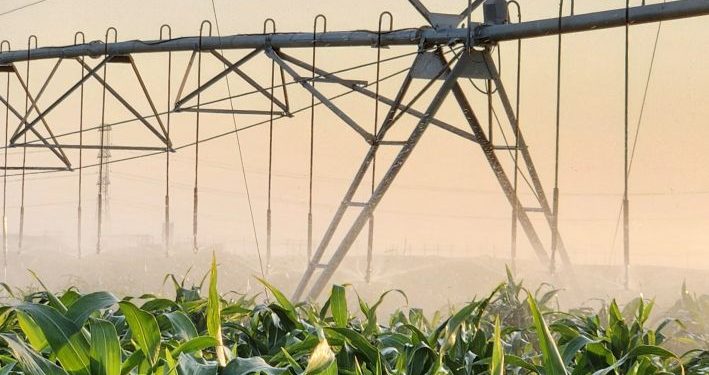Key Factors for Enhancing Efficiency and Productivity in Modern Farming
Center pivot irrigation is a widely adopted modern agricultural practice that utilizes a rotating system of sprinklers to distribute water in a circular pattern around a central pivot point. For farmers and agronomists aiming to maximize productivity and conserve water resources, achieving uniform water distribution is critical. Several key factors must be carefully considered to ensure the efficient operation of center pivot irrigation systems.
1. System Design
The design of the irrigation system should be tailored to the specific area and topography of the field. Proper placement of sprinklers is essential to minimize variations in water distribution. An accurately designed system can significantly reduce inefficiencies that may arise from uneven water coverage.
2. Rotation Speed
The speed at which the pivot moves plays a crucial role in water distribution. If the rotation speed is too fast, the soil may not have sufficient time to absorb the water, leading to runoff and inefficient irrigation. Conversely, a slow rotation can cause water accumulation, resulting in excessive moisture and potential crop damage.
3. Water Pressure
Consistent water pressure is vital for uniform distribution throughout the irrigation system. Variations in pressure can lead to uneven watering, negatively impacting crop health. Employing high-efficiency pumps and installing valves to control pressure can help maintain the desired consistency.
4. Irrigation Pattern
Adjusting the sprinkler nozzles is necessary to ensure that the water output aligns with the varying water needs of crops at different points along the irrigation system. Proper calibration is essential for maximizing the effectiveness of the irrigation process.
5. Irrigation Direction
Factors such as wind conditions and the direction of irrigation must be taken into account, as wind can disperse water away from target areas, reducing the effectiveness of the irrigation. Planning for these variables is crucial for optimizing water distribution.
6. System Maintenance
Regular maintenance of the sprinkler system, including checking for clogging or damage to nozzles, is necessary to prevent inefficiencies in water distribution. Routine inspections can help ensure that the system operates at peak performance.
7. Soil Type
Understanding the soil type in the field is essential, as it influences water absorption rates. Sandy soils tend to absorb water more quickly than clay soils, which can affect irrigation strategies. Tailoring irrigation practices to match soil characteristics can enhance overall water efficiency.
By controlling these factors, farmers and agronomists can achieve uniform water distribution, ultimately enhancing agricultural productivity and promoting the sustainable use of water resources. The effective management of center pivot irrigation systems is a vital component of modern farming that can lead to improved crop yields and better resource conservation.
Error




